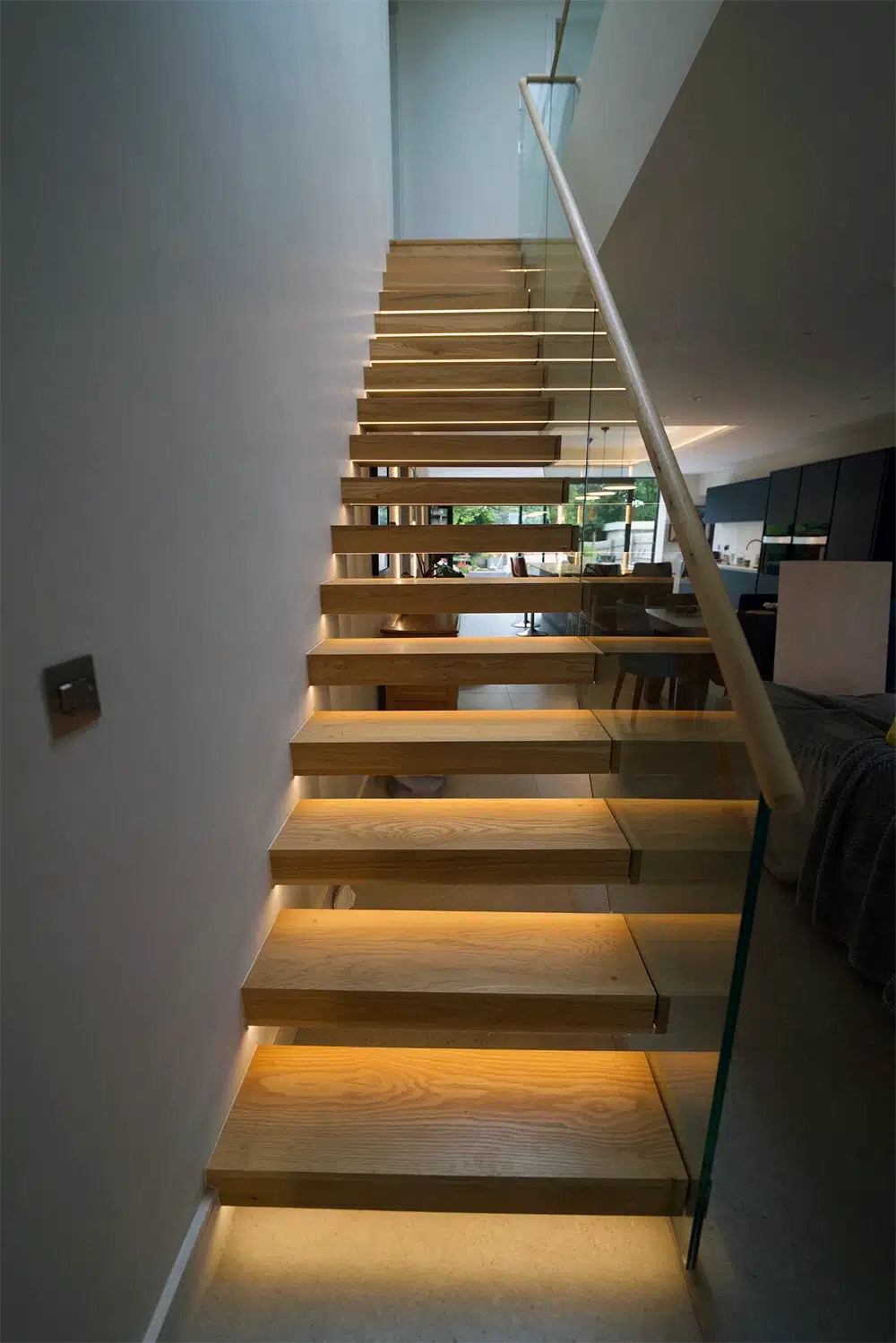Choosing and fitting the right lights in your home is not just about illuminating spaces it's an art that can enhance the ambiance, functionality, and aesthetics of each room. Whether you're revamping your lighting scheme or starting fresh, understanding the principles of lights fitting is key to creating a well-lit and inviting environment.
1. Understanding Different Lighting Types
Before diving into lights fitting, familiarize yourself with the various types of lighting. Ambient lighting provides overall illumination, task lighting focuses on specific activities, and accent lighting highlights architectural features or decor. A successful lights fitting strategy often involves a combination of these types to meet the diverse needs of each room.

2. Choosing Fixtures Based on Room Functionality
Different rooms serve different purposes, and your lights fitting choices should align with these functions. For example, consider bright and focused lighting in the kitchen for meal preparation, softer ambient lighting in the living room for relaxation, and adjustable task lighting in the home office for work-related activities. Tailoring your fixtures to the specific needs of each space ensures a functional and visually pleasing lights fitting arrangement.
3. Sizing and Placement Matters
When fitting lights, size and placement are critical factors. Oversized fixtures can overwhelm a room, while undersized ones may not provide sufficient illumination. Consider the scale of your space and choose fixtures that complement the room's proportions. Additionally, pay attention to the placement of fixtures to ensure even distribution of light, avoiding dark spots and shadows.
4. Layering Light for Depth
Layering light involves incorporating multiple sources of illumination to create depth and visual interest. Combining ambient, task, and accent lighting in a room contributes to a well-balanced lights fitting design. This approach not only enhances functionality but also adds a layer of sophistication to your home's lighting scheme.
5. Energy-Efficient Solutions
Embrace energy-efficient lighting solutions for an environmentally conscious lights fitting approach. LED bulbs, for example, consume less energy, last longer, and are available in various color temperatures to suit different preferences. Integrating energy-efficient fixtures not only reduces your carbon footprint but also lowers utility costs over time.
6. Dimmers for Versatility
Adding dimmer switches to your lights fitting repertoire offers versatility in controlling the intensity of illumination. Dimmers allow you to tailor the brightness to different activities or moods, adding a layer of customization to your lights fitting design. They are relatively easy to install and can significantly enhance the ambiance of any room.
Conclusion
Lights fitting is more than just installing fixtures; it's about creating a harmonious and functional lighting scheme tailored to the unique characteristics of each room. By understanding different lighting types, choosing fixtures based on functionality, paying attention to size and placement, layering light, opting for energy-efficient solutions, and incorporating dimmers, you can achieve a lights fitting design that elevates the overall atmosphere of your home.